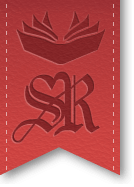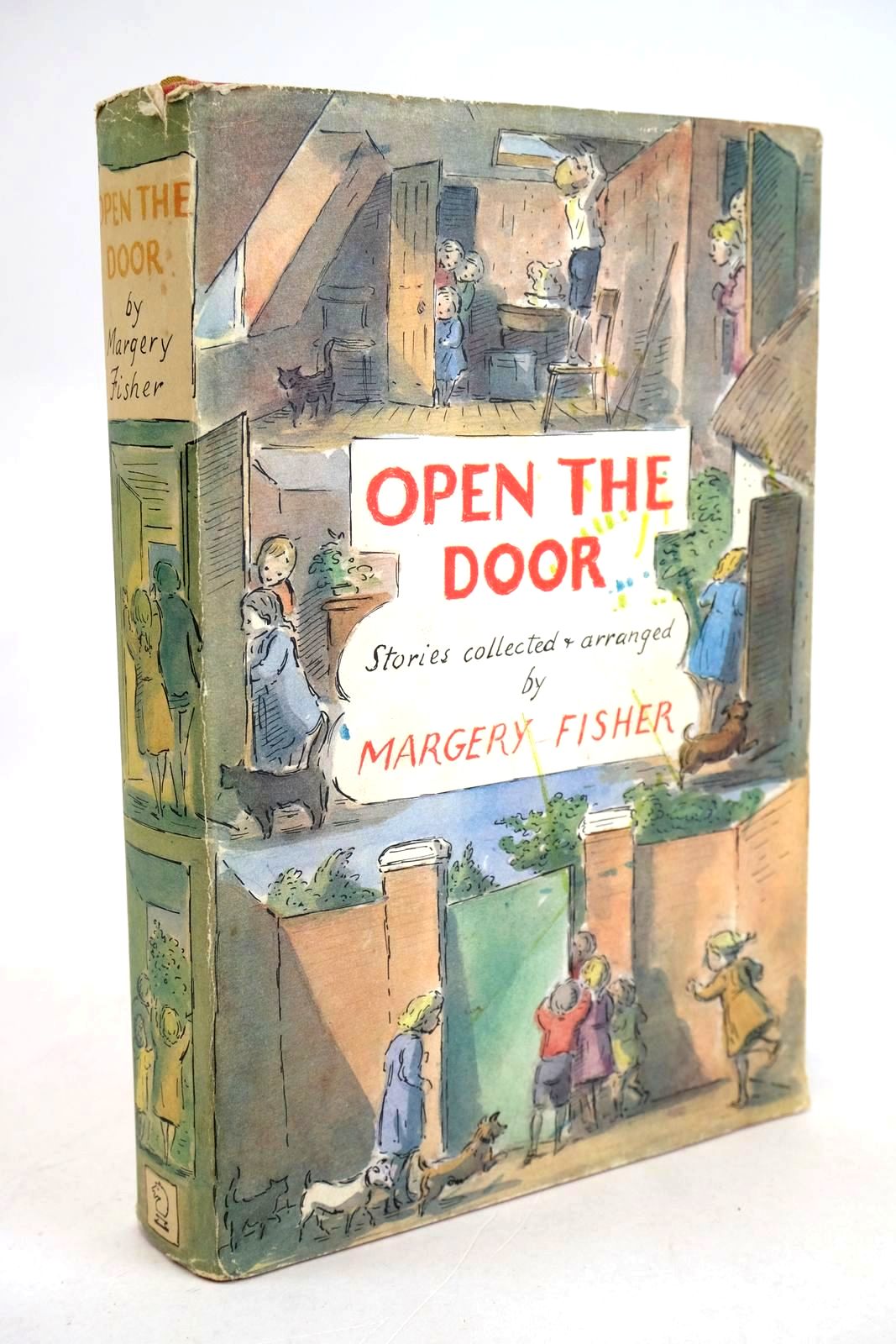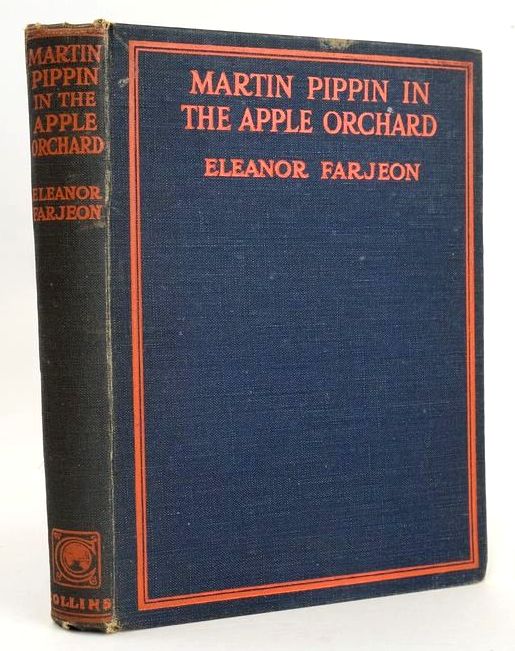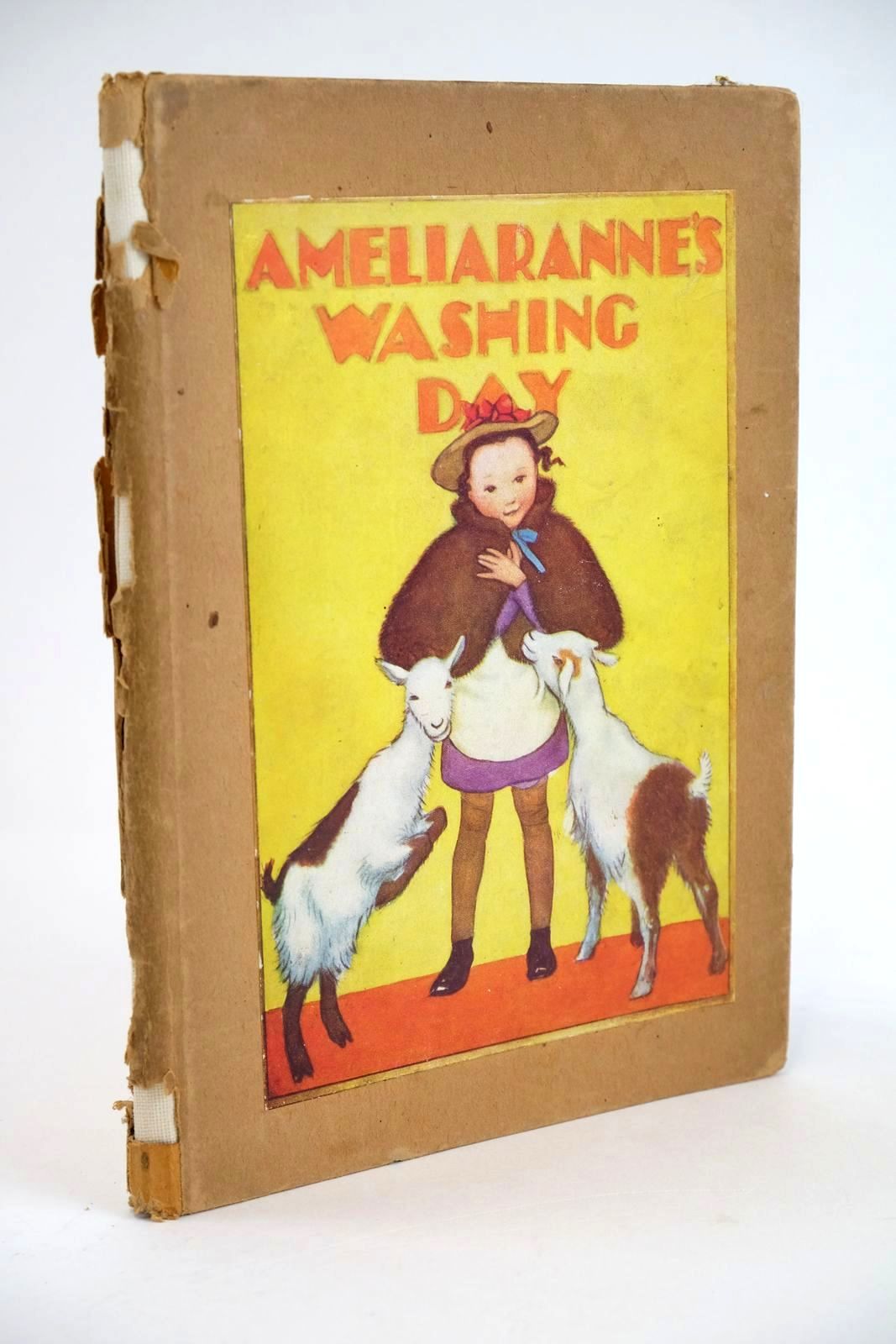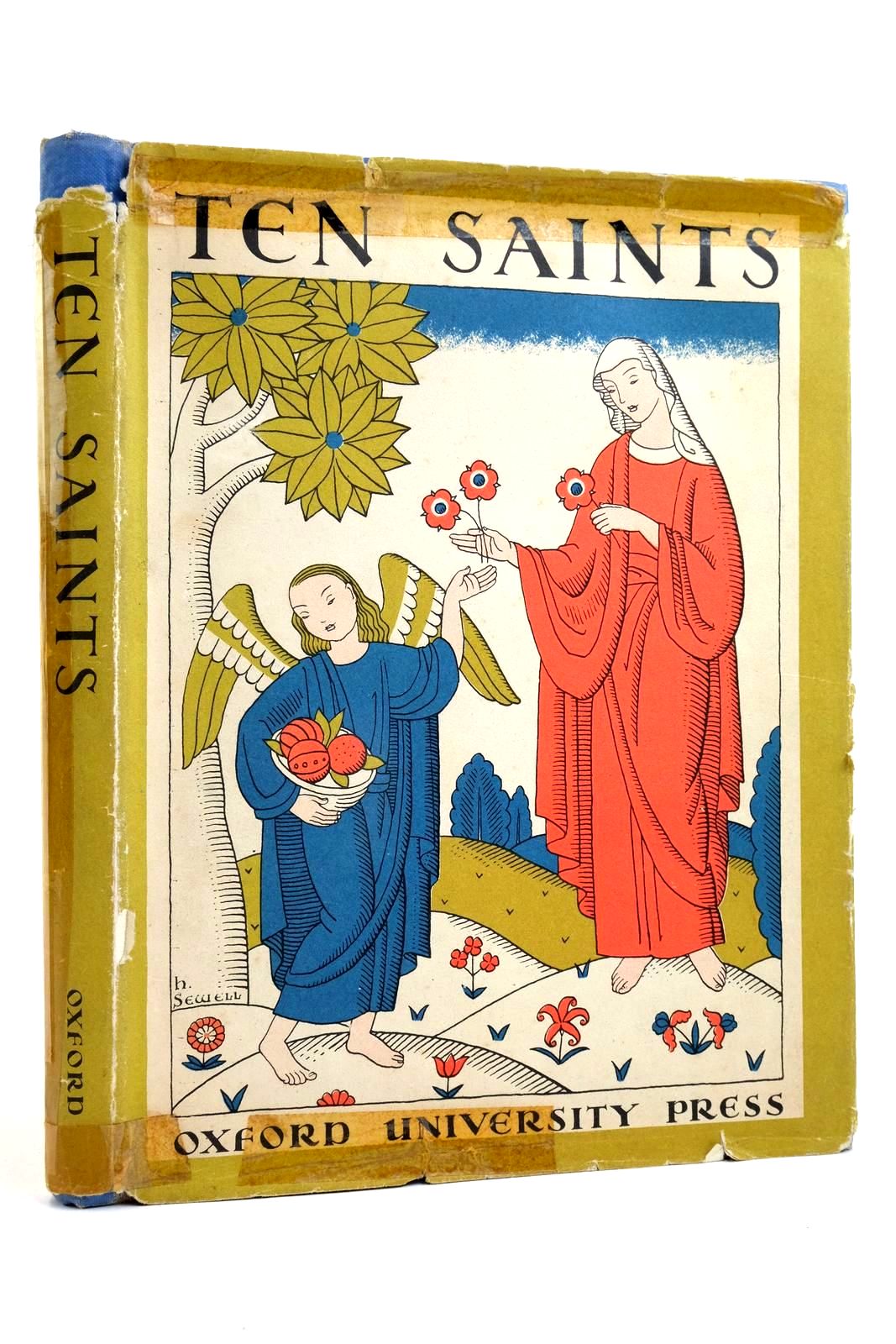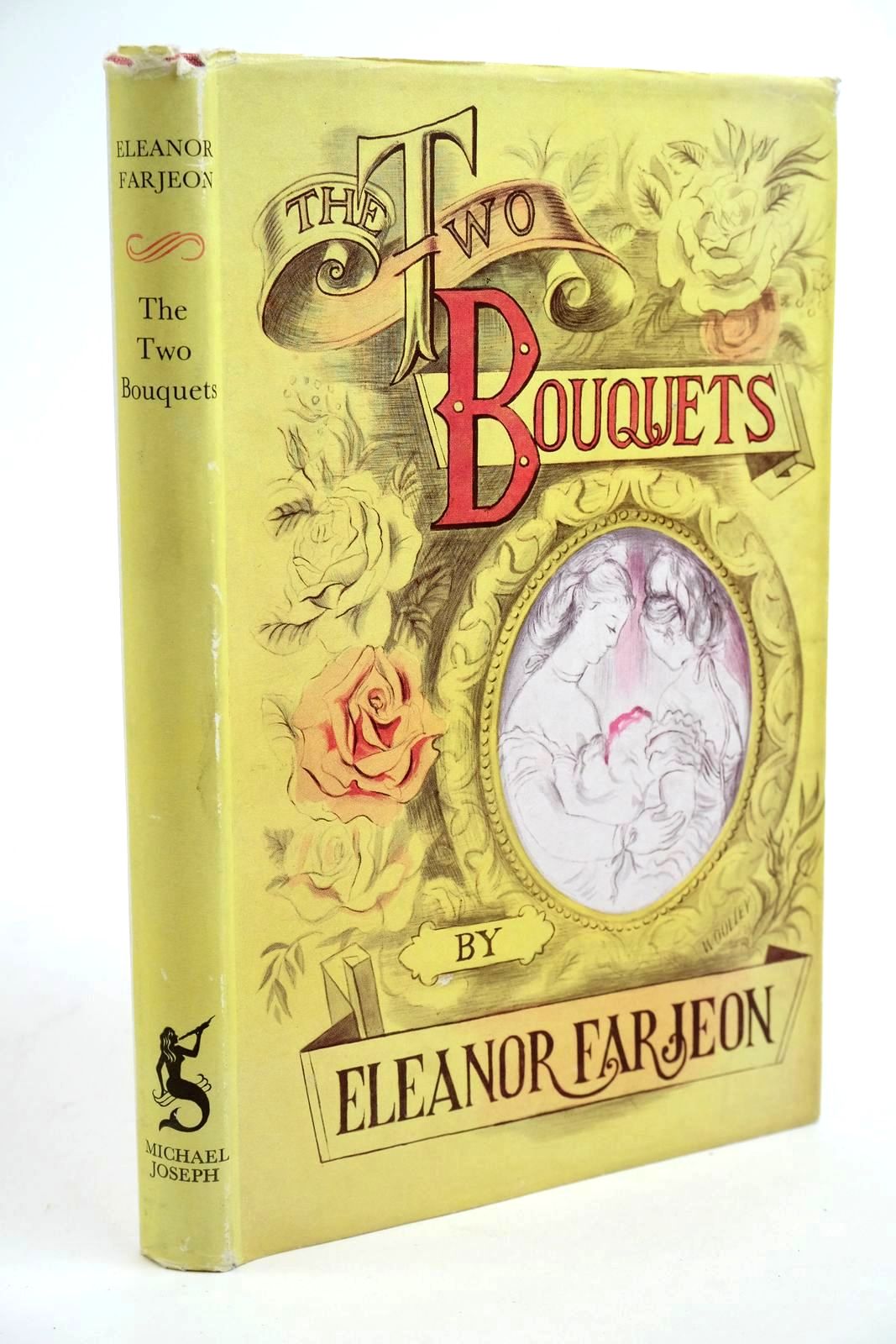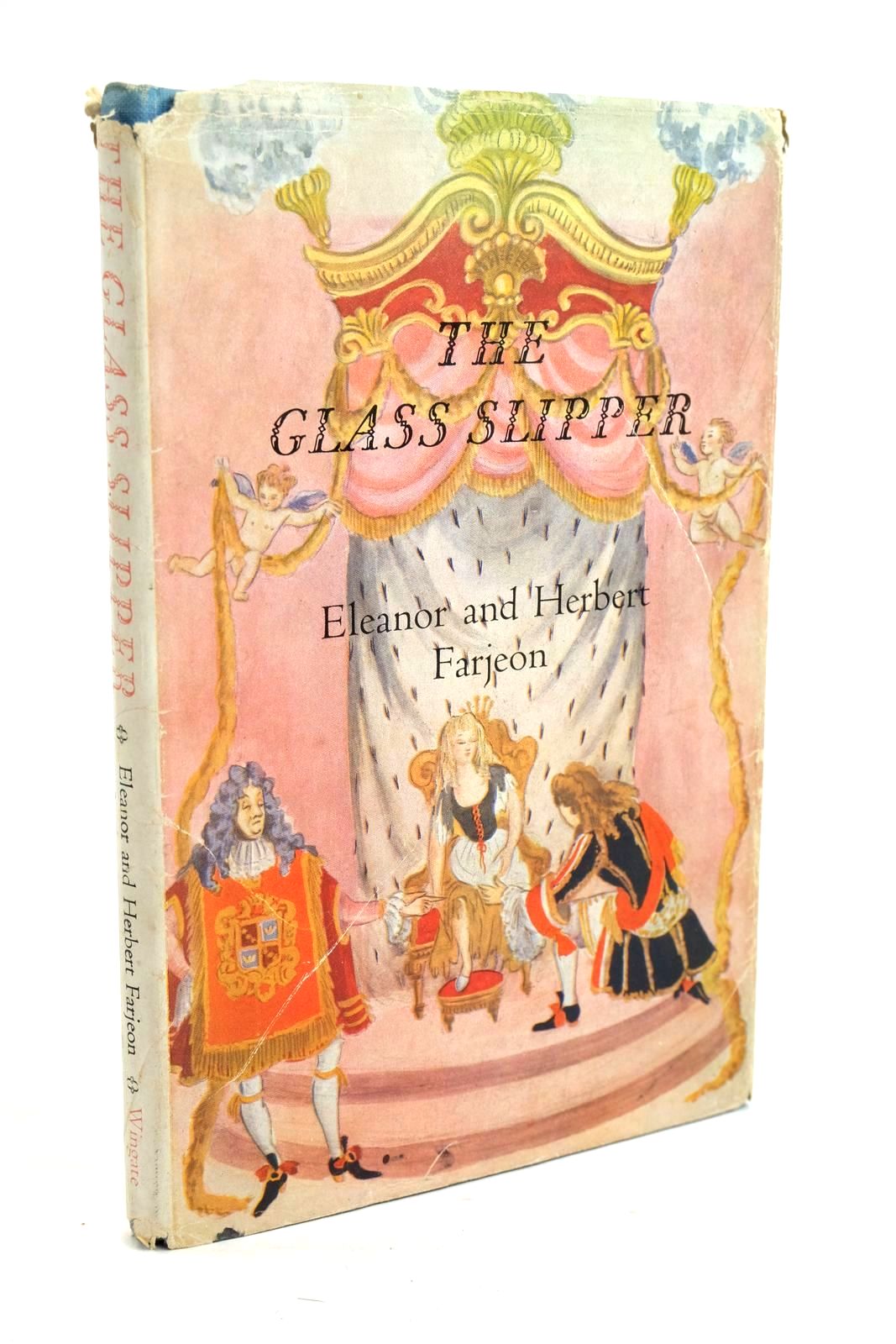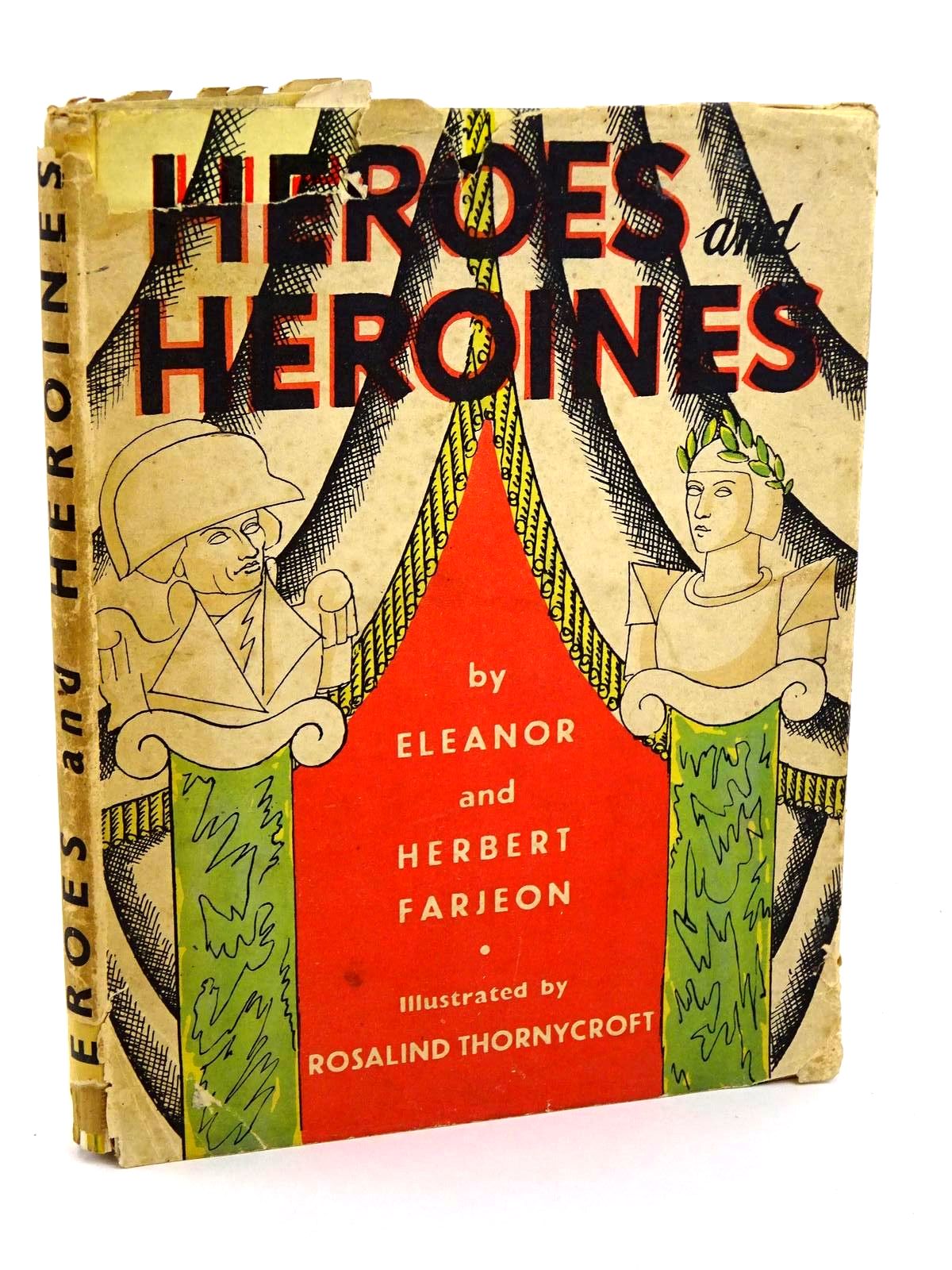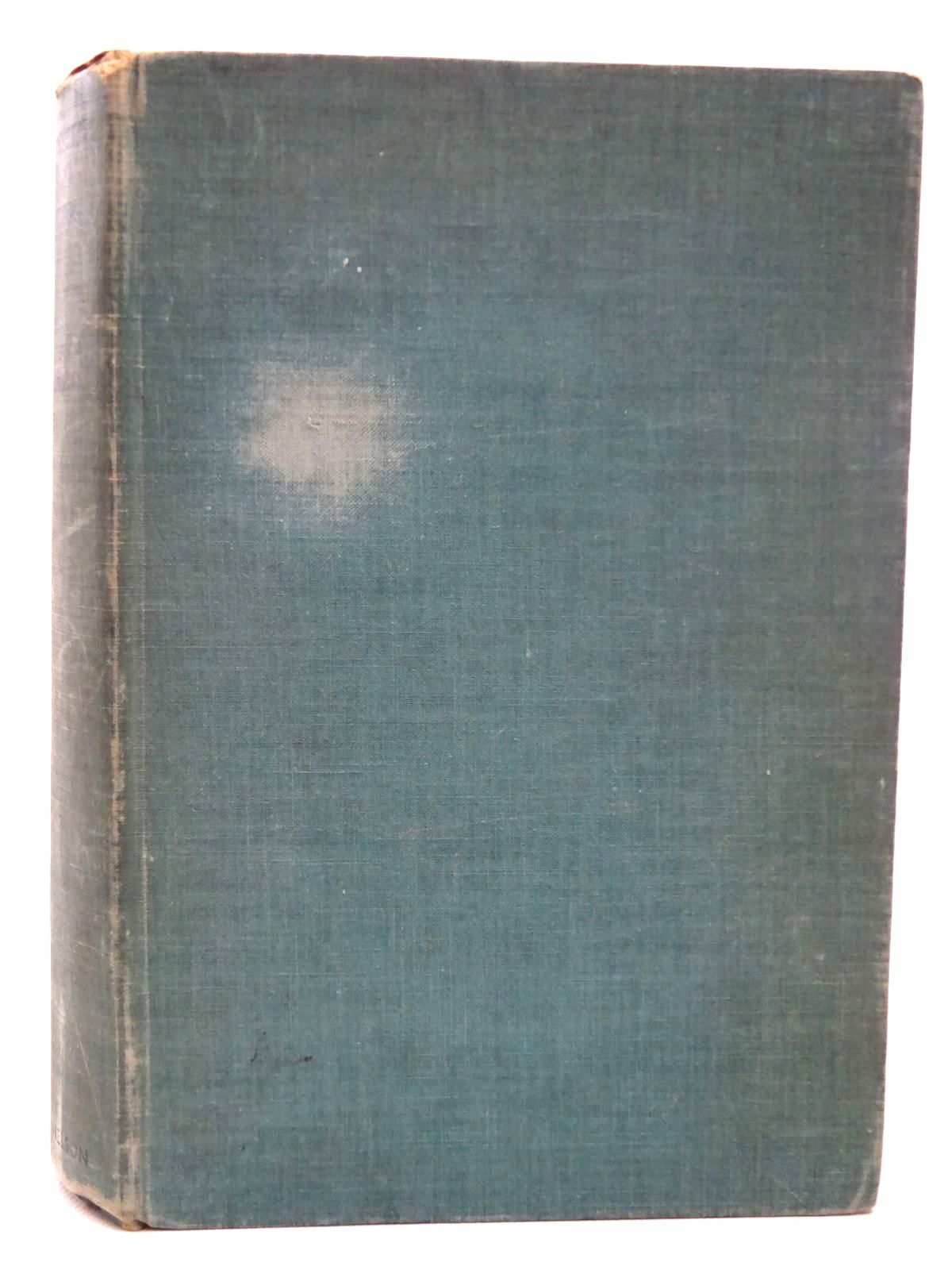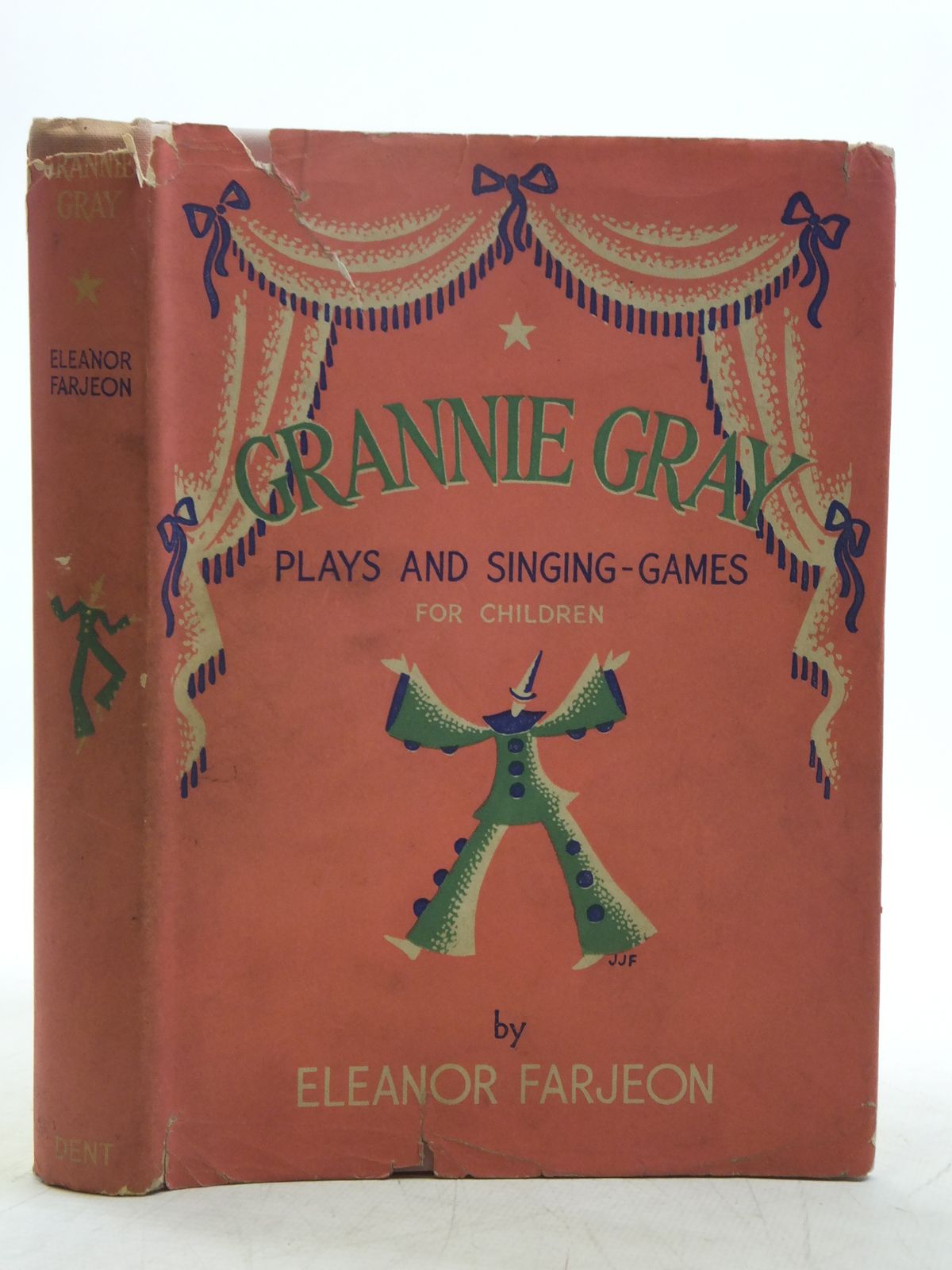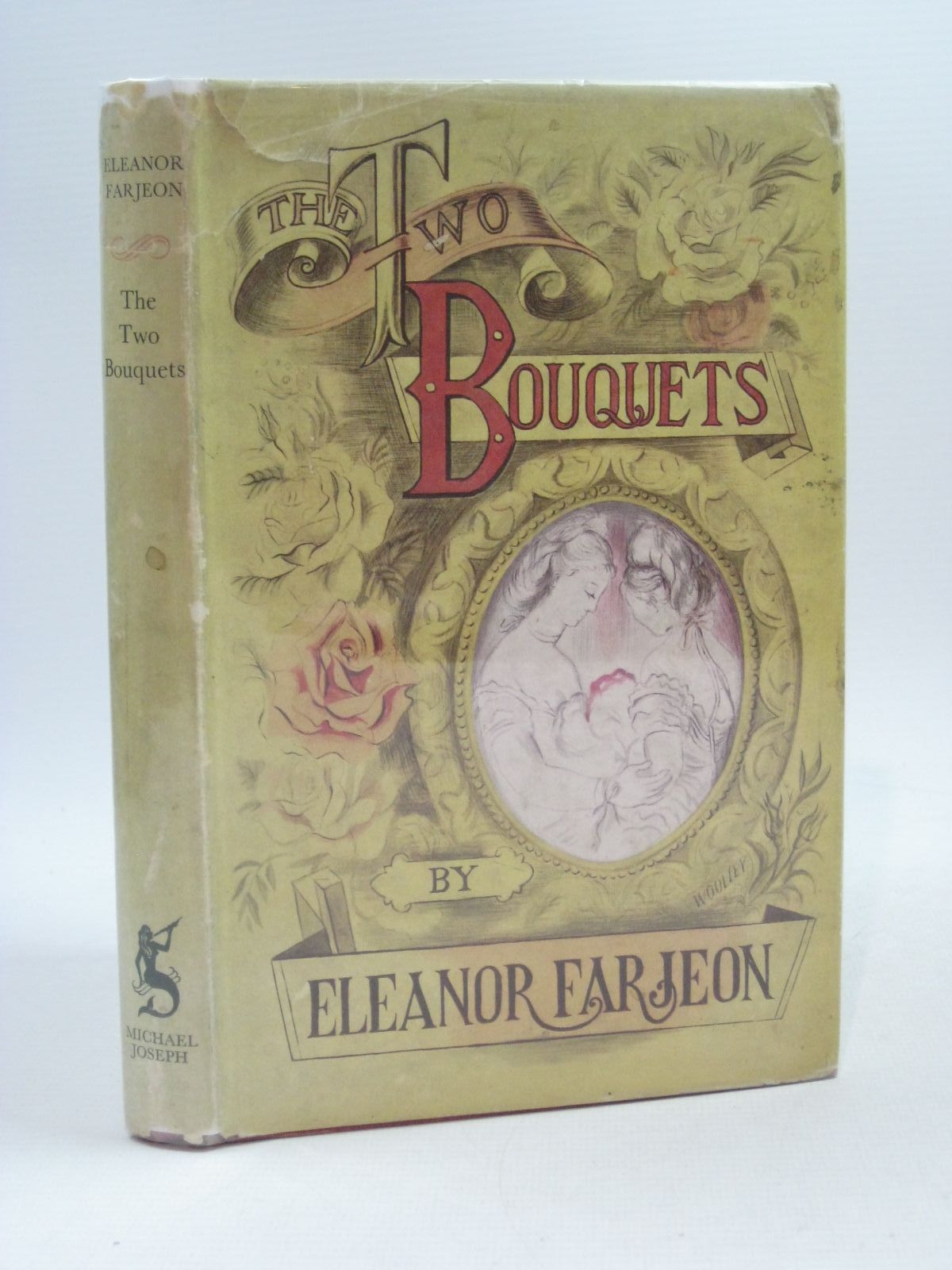Eleanor Farjeon 1881-1965
Many of you will know of the popular hymn ‘Morning has Broken’, not so well known is that it was penned by Eleanor Farjeon, a much-loved children’s author.
Eleanor was known as ‘Nellie’ in the family. She had one elder brother, Harry who was a composer, and two younger brothers, Joe and Herbert (‘Bertie’) who also became writers. Her mother, Maggie, left the upbringing of the children to her eldest son. Harry had a fertile imagination, he loved rules and organising things. Eleanor was closest to Harry and enjoyed a game of ‘Tar’ with him which allowed her to escape realism and played a part in delaying her move into maturity.
Her writing skills were evident at an early age and inherited from her father, novelist B.L. Farjeon. At 7 years of age, she had mastered her father’s Remington typewriter. At 6 she wrote a complete story, ‘Kitty’s Dream’, and at 7 a Valentine poem, ‘To Button my Sweetheart’, and a play, ‘Snow White’. She had no formal education in this regard. Reading and writing became an important part of her life after her essay about her pet sparrow was published in the magazine, Little Wideawake, at the age of ten.
Her first paid publication came in the form of a fairy tale, ‘The Cardboard Angel’ and was published in Hutchinson’s Magazine when she was eighteen. Then followed a period where her life and writing lost direction… her elder brother, Harry, was studying music at the Royal Academy and lost interest in their game of ‘Tar’. Her younger brothers were of little comfort as they were too young. The death of her father in 1903 shook her up and she took a trip to America which opened her mind. Whilst there, in 1908, her first book of poems, ‘Pan Worship’, was published with financial help from her mother.
Despite having a book published at long last, Eleanor was still unsure of herself and considered herself an immature young woman of thirty. When Harry became a music professor and Joe married, she grew closer to her youngest brother, Bertie. They became part of an artistic, intellectual group which included Arnold and Clifford Bax, Myra Hess, Harriet Cohen, Rupert Brooke and Edward Thomas. She developed a deep attachment to Edward Thomas who was married with children and thus nothing more could come of it. Edward Thomas was killed in the war in 1917.
Eleanor’s output increased and she remained a prolific writer in the 1920s and ‘30s. In 1920, she began a romantic relationship with George Earl (‘Pod’), a teacher and lover of literature. He was still married to his estranged wife, so he and Eleanor split their time between Hampstead and Sussex.
Sussex provided the setting for the work that established her reputation, Martin Pippin in the Apple Orchard, first published in 1921 and subsequently illustrated by C.E. Brock in 1925. This charming book tells of a wandering minstrel, Martin Pippin, who is asked by a lovelorn youth to try and approach the object of his affections, a farmer's daughter, who is locked away and guarded by her six young milkmaids. This work is classed as a novel for children but should possibly be for young adults or even adults due to the depth of meaning of love and betrayal beneath the surface.
At the start of World War II in 1939, Eleanor Farjeon had published nearly sixty works including plays, poems and stories. She also went on to write a number of adult novels in the 1940s which were popular at the time.
The Little Bookroom illustrated by Edward Ardizzone (1955) won her the Carnegie Medal and the Hans Christian Andersen International Medal. This is a collection of 27 short stories, selected by Farjeon, which had been published earlier in her career. Most of the stories are written in the fairy tale style. Eleanor recalled in the author’s note that her childhood home had a room that the family referred to as ‘The Little Bookroom’ and although there were many books all over the house, this one, dusty room was dedicated to books and thus enchanted gateways to other worlds.
Eleanor Farjeon died in Hampstead in 1965, having never married.
Information gleaned from:
Book & Magazine Collector No.131, Feb 1995
Wikipedia
Contributed by Sonia
(Published on 1st Jul 2025)
